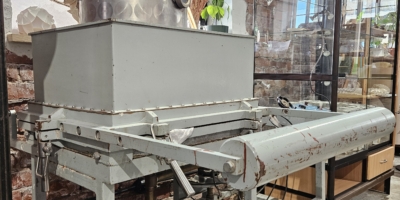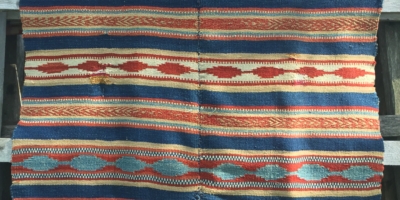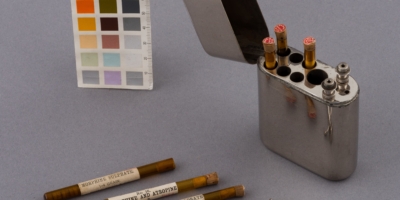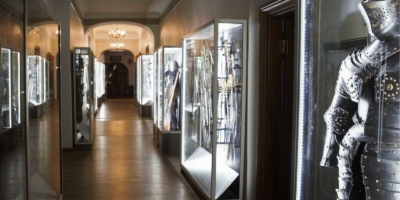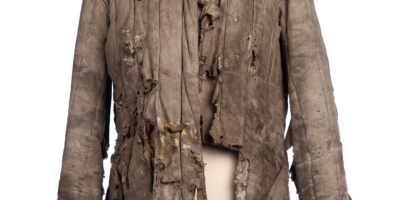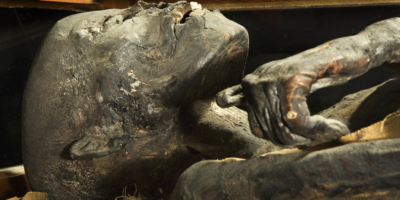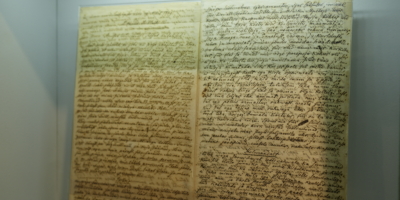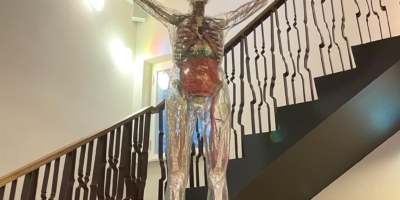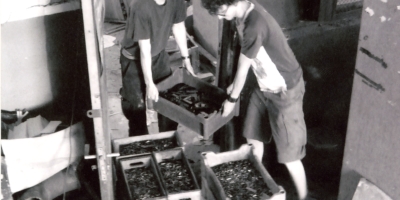 Read more
Read moreThe last working machine typesetting in Estonia
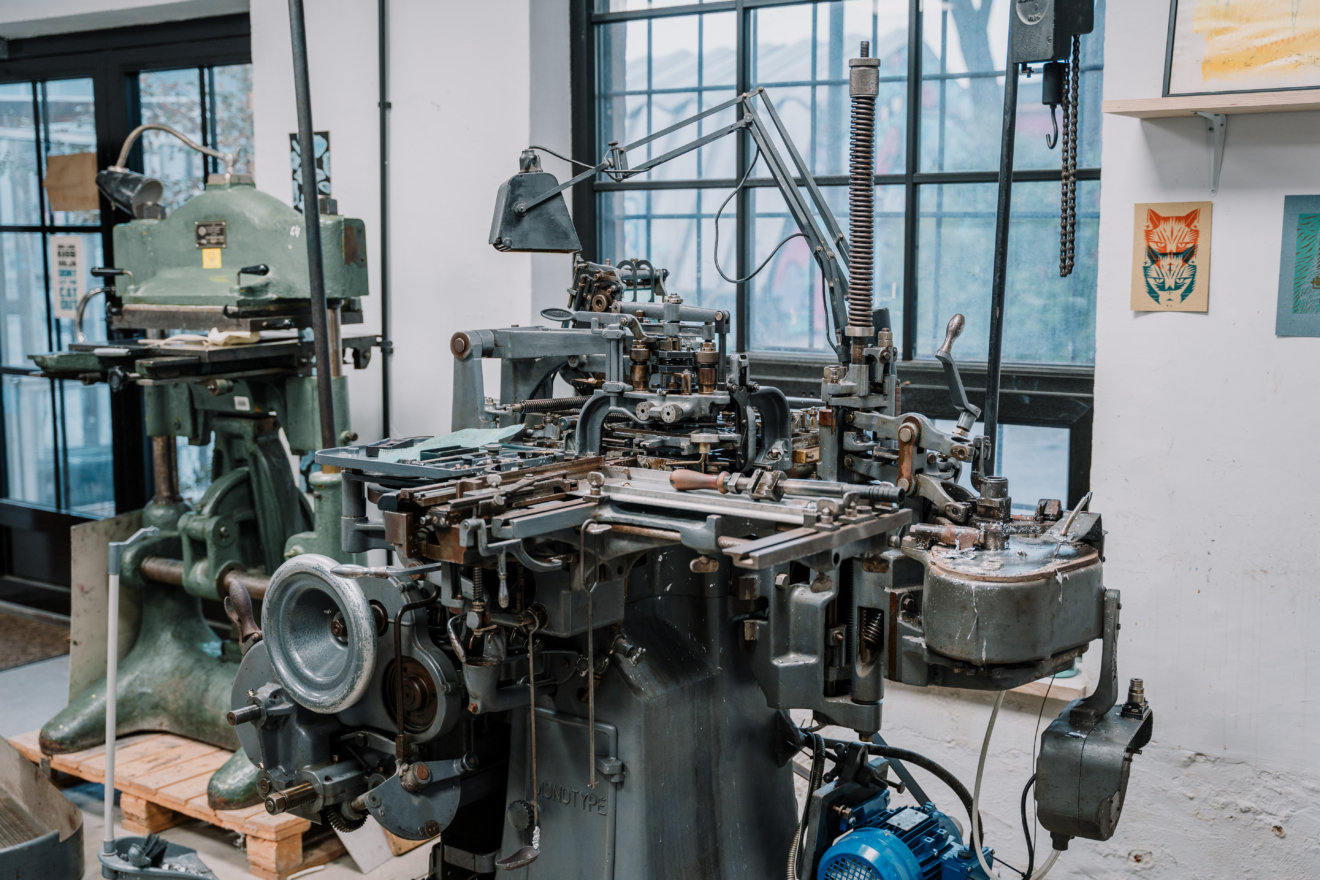
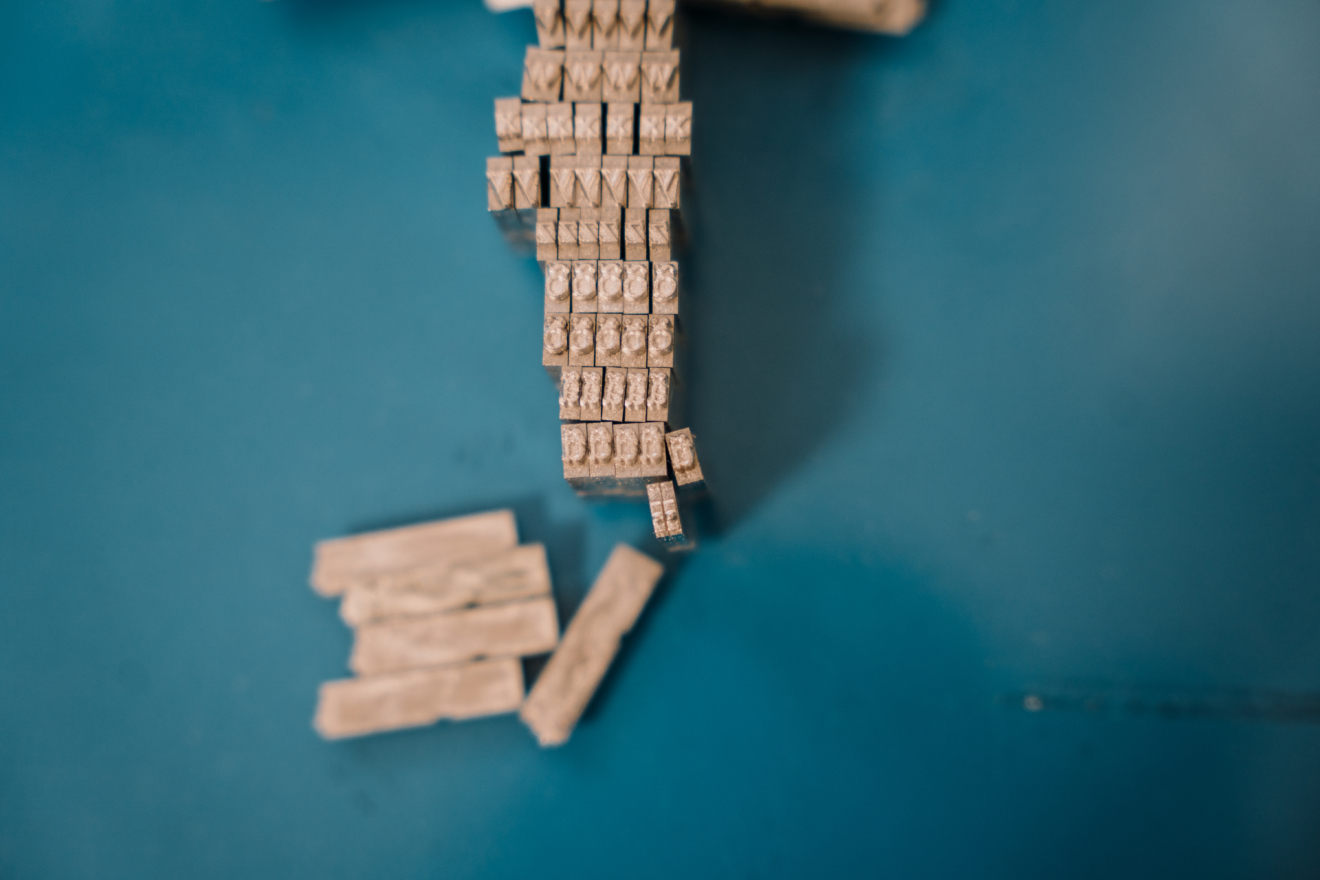
In the old days, texts were composed of lead letters before printing. Johannes Gutenberg, the forefather of the art of printing, was also the first to cast lead type. The lead letters were arranged in rows, forming columns and pages. At the end of the 19th century, the first typesetting machines – the linotype and the monotype – were introduced, which made typesetting much faster. The workings of these machines can be seen at the TYPA Printing and Paper Art Center, where, in 2023, a unique room in Estonia and the Baltic States was furnished for the purpose of observation.
Although TYPA also has many old lead letters for hand-composing, the museum’s team had long wanted to find a way to replace them with new letters, which would not be a pity if they suffer from wear and tear. Thus, machine typesetting will help cast new letters and preserve historical letters.
TYPA linotypes and monotypes
There are currently 3 linotypes and 3 monotypes in the TYPA center, which arrived at the museum differently. The N-14 is a Soviet copy of the Linotype. In the former Karl Mattiesen printing house on Vallikraavi Street in Tartu, this machine was still used in 1996. The Linotype model 4b was manufactured in 1926 in Berlin, Germany. However, it arrived at TYPA in early 2020 as a donation from the Buchdrucklabor, Leipzig’s book and graphics center. The third machine, Linotype model 10a, also made in Germany, arrived in 2023 as a gift from the Finnish company Grafica. The special feature of this Linotype is the 4 interchangeable magazines (matrix cases) that can be used simultaneously, mixing different typefaces in the text.
One of TYPA’s monotypes also comes from the printing house of Karl Mattiesen – Hans Heidemann in Soviet times. The time of its production and arrival in Estonia is unknown, but the last time the monotype worked in the print shop on Vallikraavi Street was in 1995. For quite a long time, this monotype was not in working order until 2023, when it was repaired by TYPA technician Jörgen Loot and monotype expert from England Ian Gabb. In the same year, TYPA received 2 more monotypes donated by the family of English poet and printer George Miller. All these machines are now in the TYPA center, where they are occasionally put into operation and used!

